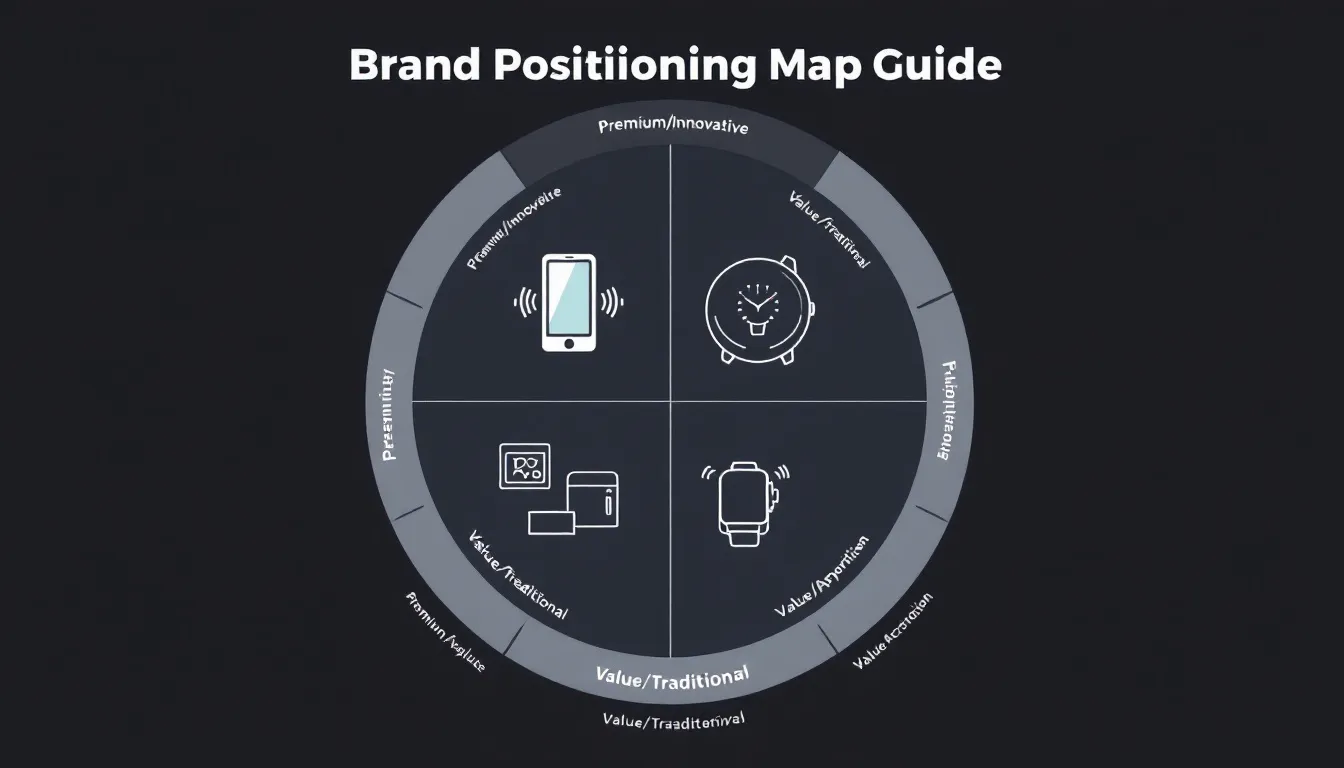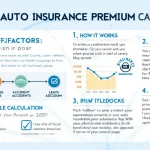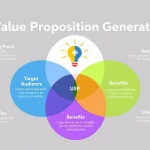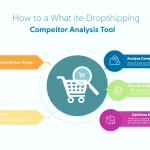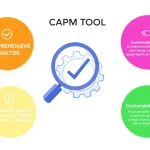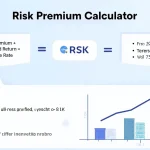Is this tool helpful?
How to Use the Brand Positioning Map Generator Effectively
To create an effective brand positioning map using our tool, follow these detailed steps:
- Enter your brand name (e.g., “Sustainable Sips Coffee” or “TechFlow Solutions”)
- List competitors (minimum 3-4 for meaningful comparison)
- Define your unique value proposition clearly and concisely
- Specify target market demographics and psychographics
- Select your price positioning strategy
- Input key attributes for mapping
Input Field Guidelines
Brand Name
Enter your complete brand name as it appears in the market. For example:
- “GreenLeaf Organics” – For a sustainable food company
- “SwiftTech Solutions” – For a technology service provider
Competitor Analysis
List your main competitors, one per line. Include both direct and indirect competitors when relevant. Sample format:
- Competitor A – Market Leader
- Competitor B – Direct Regional Competitor
- Competitor C – Indirect Alternative
- Competitor D – New Market Entrant
Understanding Brand Positioning Maps
A brand positioning map is a strategic visualization tool that helps businesses understand their market position relative to competitors across key attributes. This powerful analytical instrument enables companies to identify market gaps, competitive advantages, and potential repositioning opportunities.
Core Components of Brand Positioning
- Perceptual Mapping
- Competitive Analysis
- Value Proposition Placement
- Market Gap Identification
- Strategic Positioning Opportunities
Benefits of Using a Brand Positioning Map Generator
Strategic Advantages
- Clear visualization of market positioning
- Identification of competitive advantages
- Discovery of market opportunities
- Enhanced decision-making capability
- Better resource allocation
Operational Benefits
- Streamlined marketing strategy development
- Improved communication with stakeholders
- More effective product development
- Enhanced customer targeting
- Better price positioning
Solving Business Positioning Challenges
Our brand positioning map generator addresses several critical business challenges:
Market Analysis
The tool helps analyze market dynamics by plotting competitors across various attributes. For example, a luxury watchmaker might map:
- Price vs. Quality
- Traditional vs. Modern Design
- Mass Market vs. Exclusive Distribution
Competitive Differentiation
Identify unique market positions through attribute mapping. Consider this technology company example:
- Innovation Level: High
- Price Point: Premium
- Customer Service: Exceptional
- Market Focus: Enterprise
Practical Applications and Case Studies
Case Study 1: Fashion Retail
A boutique clothing brand used the positioning map to identify a gap in the market for sustainable, mid-priced fashion:
- Brand: EcoChic Apparel
- Target Market: Environmentally conscious millennials
- Key Attributes: Sustainability, Style, Affordability
- Positioning Outcome: Successfully positioned between fast fashion and luxury sustainable brands
Case Study 2: Technology Services
A software company utilized the map to reposition their services:
- Brand: CloudTech Solutions
- Target Market: Small to medium enterprises
- Key Attributes: Innovation, Support, Cost-effectiveness
- Positioning Outcome: Identified unique position in cloud services market
Frequently Asked Questions
What is brand positioning?
Brand positioning is the process of strategically placing your brand in the minds of your target customers, differentiating it from competitors based on specific attributes and benefits.
How many competitors should I include in my analysis?
Include 3-5 main competitors for optimal analysis. This provides sufficient context without overwhelming the visualization.
What attributes should I consider for mapping?
Consider attributes most relevant to your industry and target market, such as:
- Price vs. Quality
- Traditional vs. Innovative
- Local vs. Global
- Specialized vs. Diverse
How often should I update my brand positioning map?
Review and update your positioning map quarterly or when significant market changes occur, such as new competitor entry or major industry shifts.
Can I use multiple positioning maps for different market segments?
Yes, creating separate maps for different market segments or geographic regions can provide more detailed insights for targeted strategies.
How can I determine my unique value proposition?
Analyze your brand’s strengths, customer feedback, and market research to identify unique attributes that differentiate you from competitors.
Should I include emerging competitors in my analysis?
Yes, including emerging competitors helps identify potential threats and opportunities in the market landscape.
How can I use positioning maps for international markets?
Create separate maps for different geographic markets, considering local competitors and cultural preferences in each region.
Maximizing Value from Your Brand Positioning Map
Implementation Strategies
To maximize the value of your brand positioning analysis:
- Regular market monitoring
- Competitive analysis updates
- Customer feedback integration
- Strategic planning alignment
- Marketing campaign optimization
Long-term Benefits
Consistent use of brand positioning maps delivers lasting advantages:
- Enhanced market understanding
- Improved strategic decision-making
- Better resource allocation
- Stronger competitive positioning
- More effective marketing campaigns
Important Disclaimer
The calculations, results, and content provided by our tools are not guaranteed to be accurate, complete, or reliable. Users are responsible for verifying and interpreting the results. Our content and tools may contain errors, biases, or inconsistencies. We reserve the right to save inputs and outputs from our tools for the purposes of error debugging, bias identification, and performance improvement. External companies providing AI models used in our tools may also save and process data in accordance with their own policies. By using our tools, you consent to this data collection and processing. We reserve the right to limit the usage of our tools based on current usability factors. By using our tools, you acknowledge that you have read, understood, and agreed to this disclaimer. You accept the inherent risks and limitations associated with the use of our tools and services.
